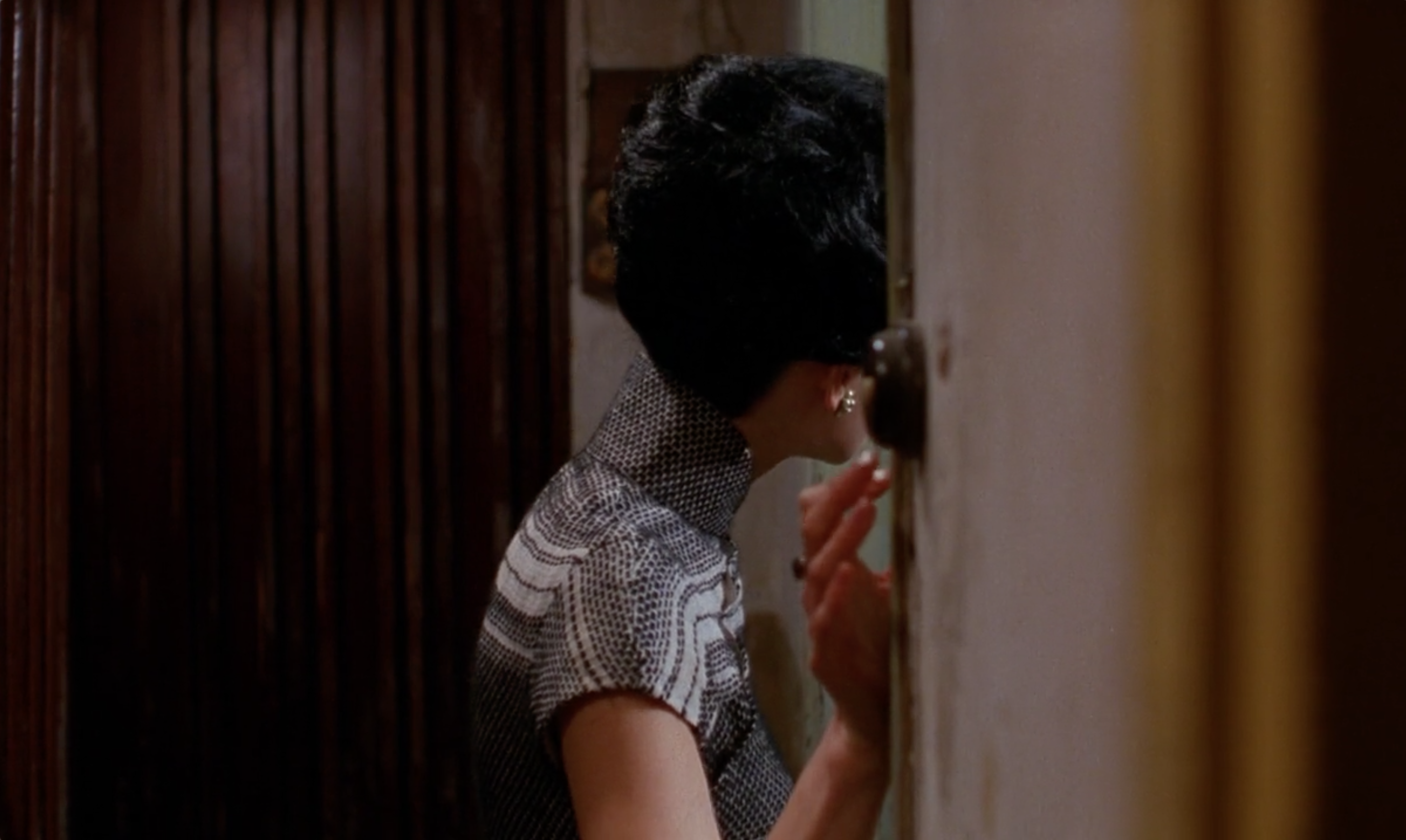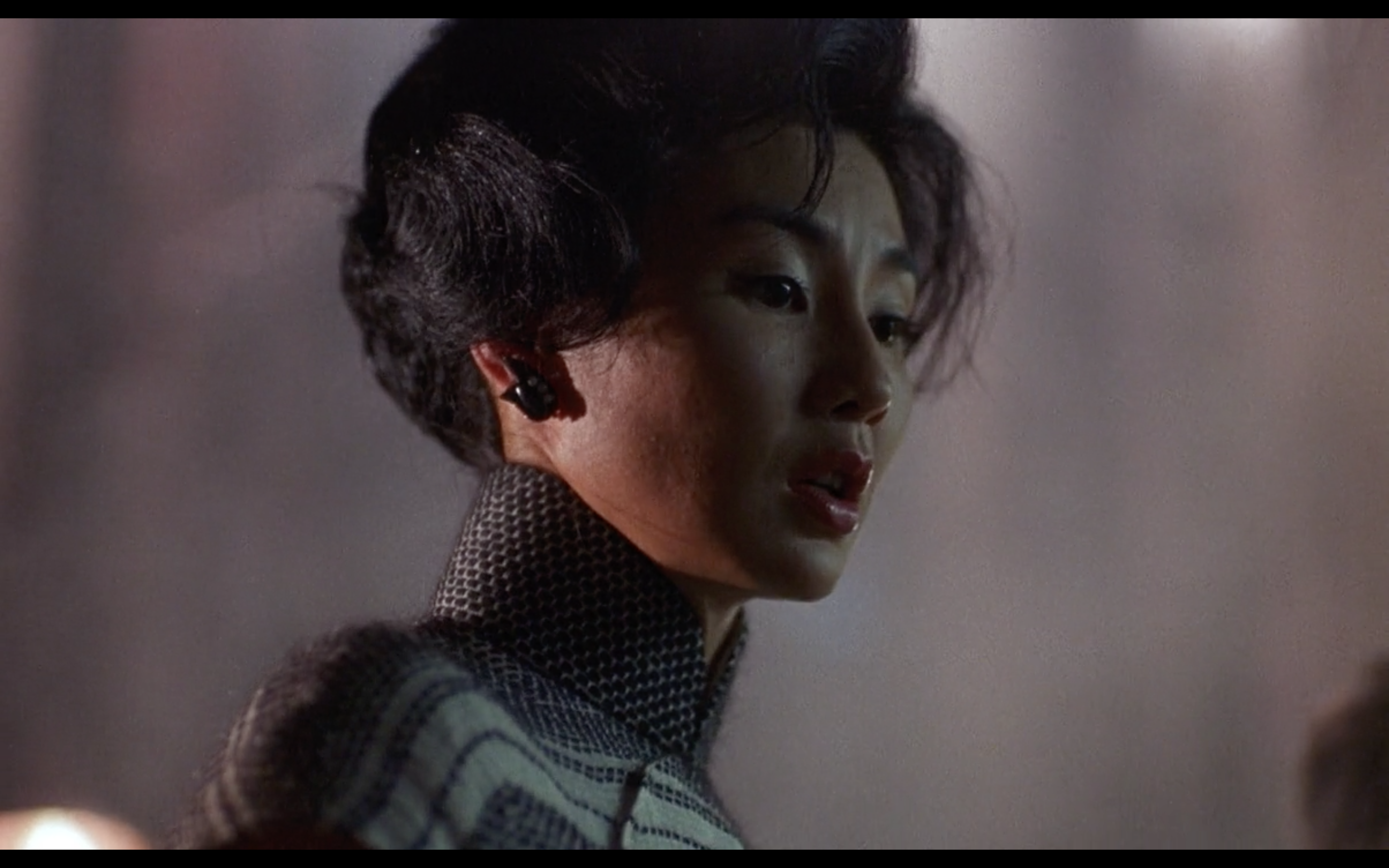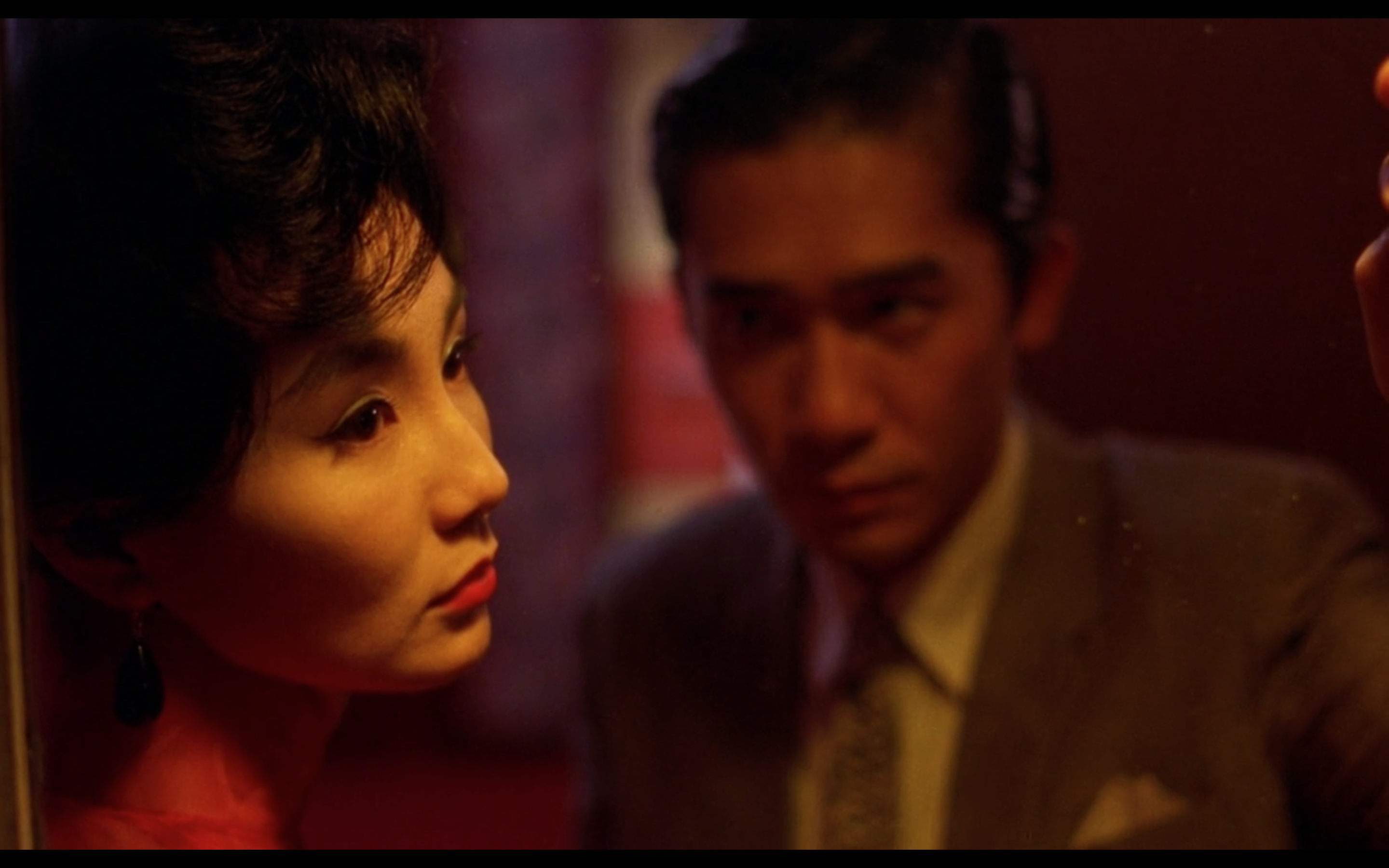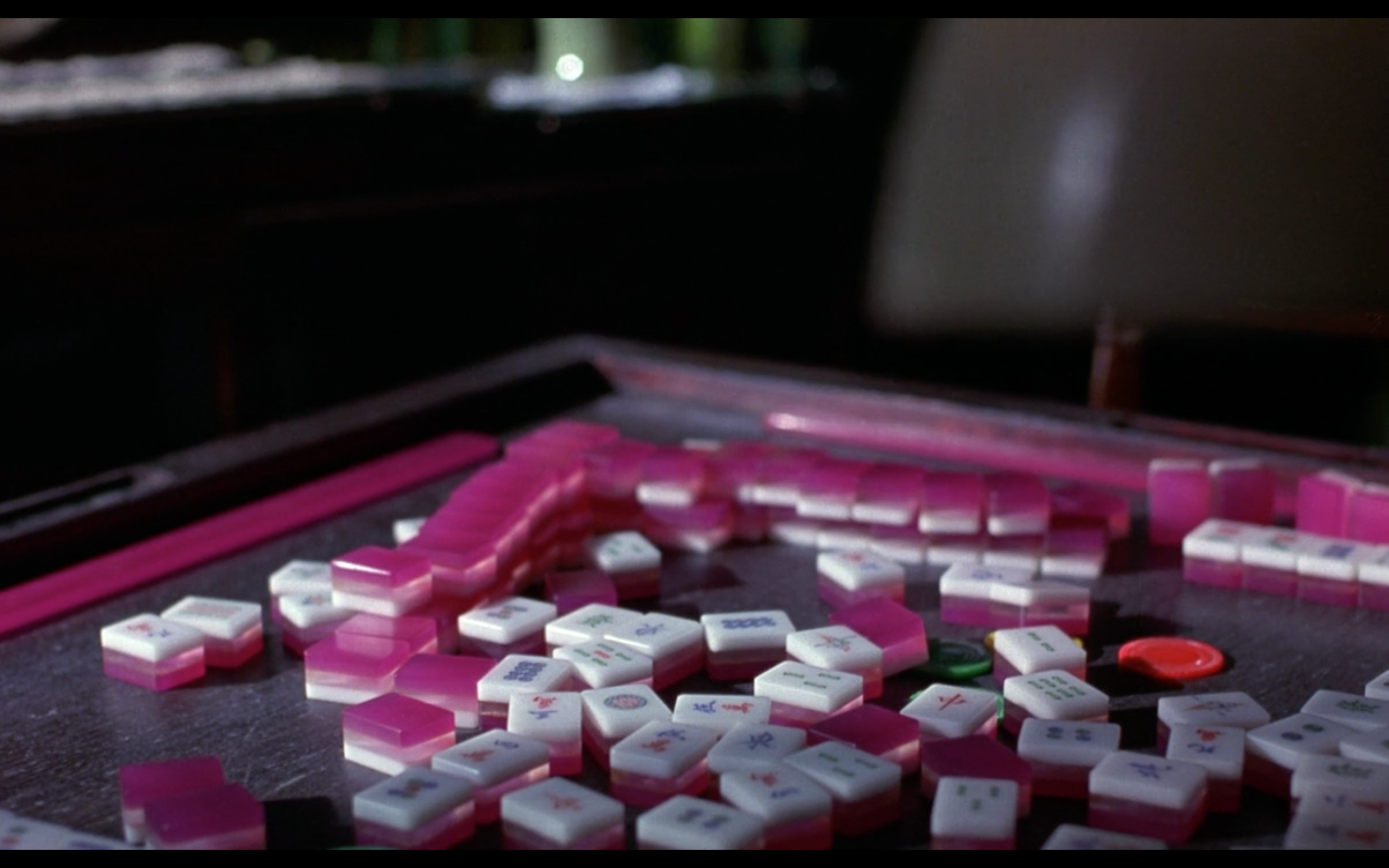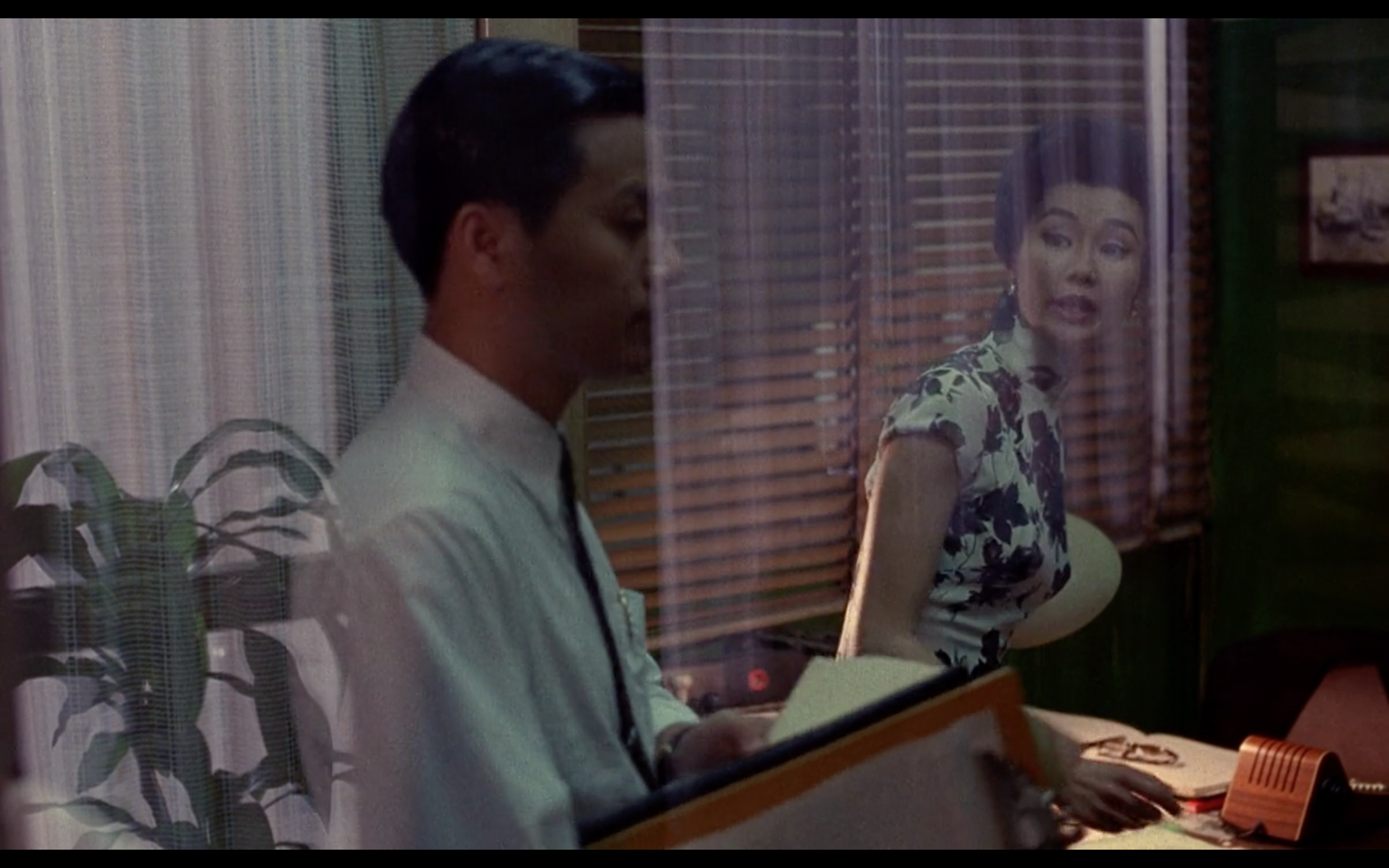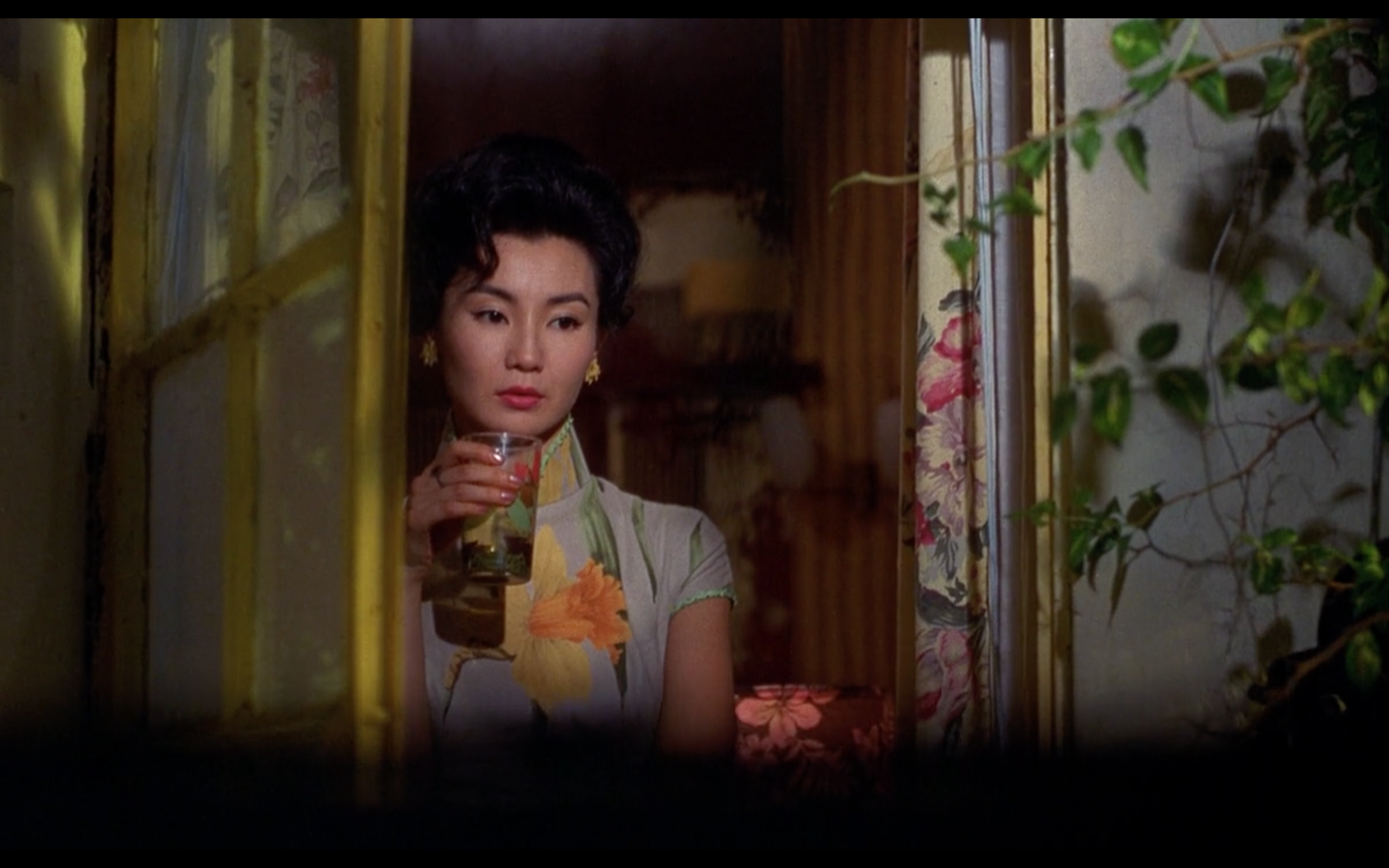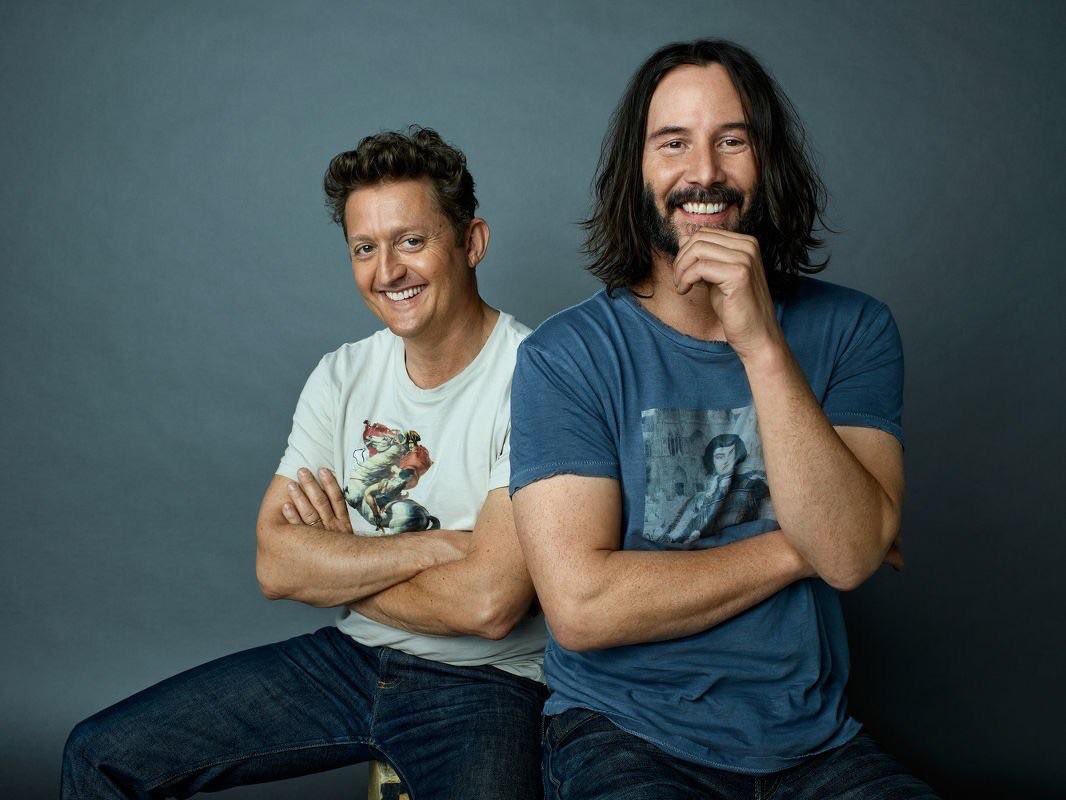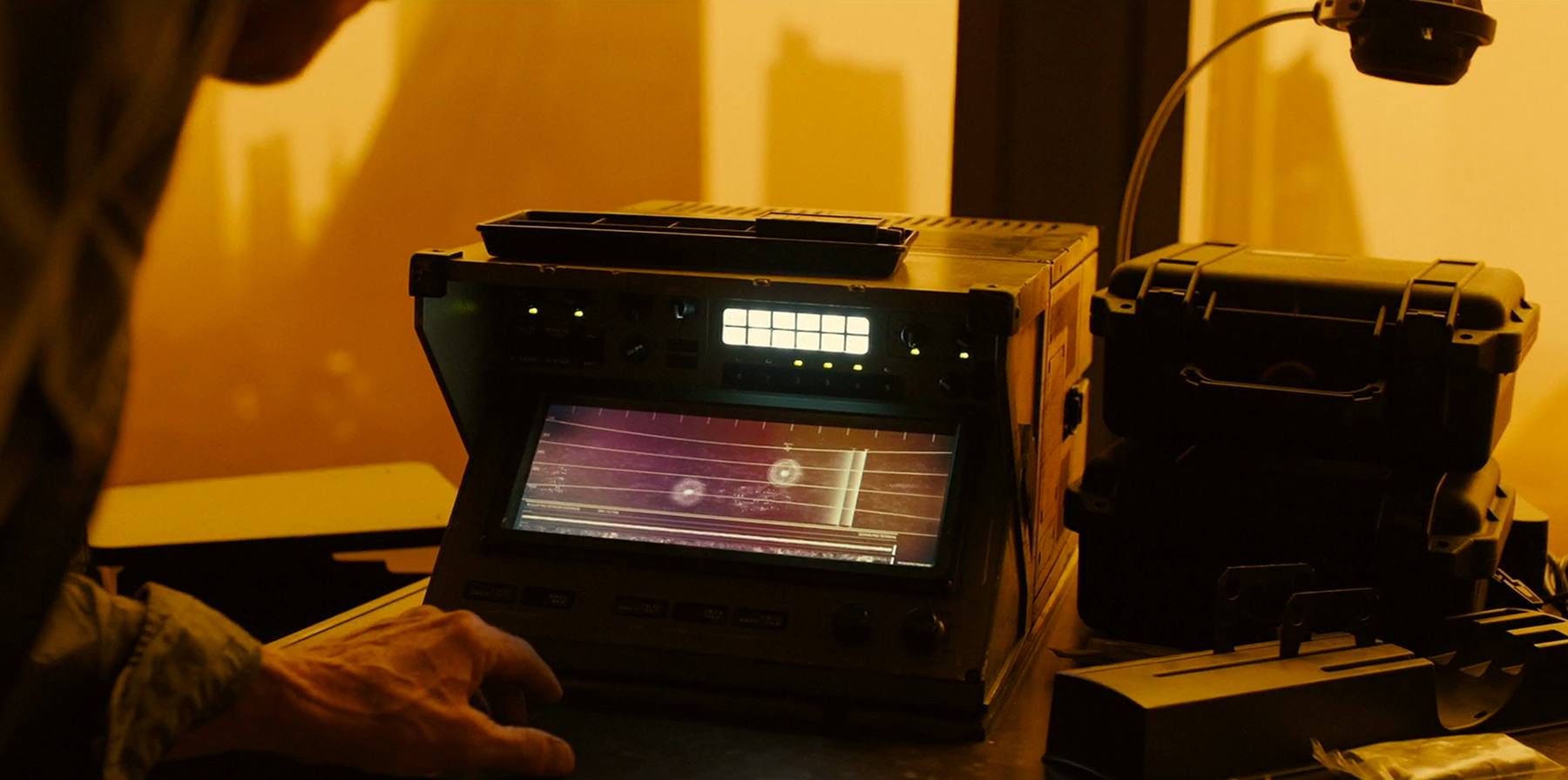Writing for Quartz, Anne Quito on Scott Dadich’s new Netflix docu-series on design, Abstract:
Design is the animating force behind brands, buildings and interfaces, and so an engrossing series that explains to a general audience what actually goes on behind the scenes was long overdue. Many designers hoped that Netflix’s Abstract: The Art of Design (released Feb. 10) would do for design what Chef’s Table did for food: Through a series of beautifully shot (if at times overly dramatized) profiles, Chef’s Table gave viewers a global sampler of the most creative minds working in the culinary industry.
But after a fortnight of trudging through the first season’s eight 40-minute episodes, I found Abstract puzzling and on the whole, tedious. It’s unfortunate because Abstract’s stellar cast of superstar designers—including graphic design legend Paula Scher, Nike shoe designer Tinker Hatfield, and architecture’s “wacky wunderkind” Bjarke Ingels—are some of the most winsome and articulate ambassadors for their specialization.
Needless to say, Quito is not a fan of a series. She’s critical of everything from it’s production value (it’s over-produced) to the designers they chose to feature (“the usual roster of design stars”).
I think Quito is way off-base. I’ve enjoyed all 6 episodes I’ve watched so far. I find the series beautifully shot and I can’t remember seeing such attention to detail in a docu-series before. If Dadich had chosen a more “raw” style of shooting, people would be complaining it was under-produced.
As for the people featured in Abstract, I’m familiar with many of the design stars within my field of graphic design, but I don’t know many in other industries. The second episode with Tinker Hatfield is a great example. I had no idea he was the guy who brought us the Air Jordan line and collaborated with Michael Jordan for over 20 years.
Then there’s the “hero worship” Quito thinks is dangerous. The reality is, when you’re dealing with people with extreme talent, ego, and vision they’re elevated by the people to a lofty place where we can admire them whether they like it or not. These aren’t production designers working in Photoshop or 40-year-old architecture interns building cardboard models. These are people at the top of their game, and when you get to that level, clients see you out, not the other way around. This puts designers in a similar circle as artists.
There’s clearly room for a series focusing on the undiscovered and under-appreciated people in design. Perhaps a designers’ version of A People’s History of the United States, but that’s another series for someone else to make.

